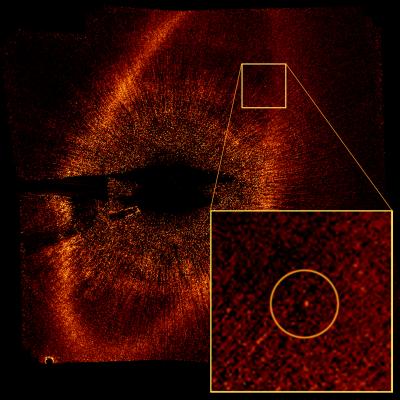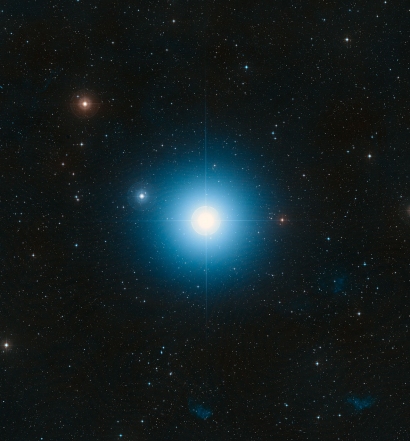Is this not the visible spectrum as in 390nm to 750nm wavelengths? Isn't this what we would see with our eyes? I'm not trying to be pedantic, I just don't understand what you were originally saying.
Caption from one site showing the image:
This image composite shows two views of a puffy, dying star, or planetary nebula, known as NGC 1514. The view on the left is from a ground-based, visible-light telescope; the view on the right shows the object in infrared light, as seen by NASA's Wide-field Infrared Survey Explorer, or WISE.
Visible light from a ground based telescope,OK. Put that same telescope in space, and I bet it will
see no stars!
I'm probably too biased to be a fair examiner of Katirais proposal, as his model,
with the extension to an EU model, would fit very well with my EM Universe model.
So far I have seen nothing to make me quit looking into this, and I have been
E-Mailing assorted sites with questions to try and reach a definitive answer.
The first question of whether stars can be seen from space has received no
answers from the big boys. There are no pictures that I can find of stars taken
from the Moon, ISS, or any of the Apollo or Gemini missions.
There are no images of the stars taken from high altitude balloons.
The images from Hubble or Chandra can not convince me that the nearest stars are
really stars. There is still a 25 to 50% distance discrepancy mentioned even for
objects which are relatively close, so the estimates for the further objects must
be taken as pure speculation.
Just looking at Formalhaut.

There are many exciting images of different kinds of circumstellar disks. Recently, Hubble reported the "first visible-light snapshot" of an exoplanet around Fomalhaut. The 2m Hubble telescope does not suffer from atmospheric distortion but there is still very significant scattered light obstructing the view of the exoplanet. The image in the press-release used several images at different epoch's to remove some of the scattered light. Even with the most sophisticated scattered light removal techniques, a very large radial scattered light pattern obstructs the view of the circumstellar disk in a single image. Building better telescopes to minimize scattered light will greatly enhance the utility of these telescopes.
Hubble Takes First Visible Light Image of Extrasolar Planet

They don't know how far away it is, about 25 LY, they think.
“The gravity of Formalhaut b is the key reason that the vast dust belt surrounding Fomalhaut is cleanly sculpted into a ring and offset from the star,” Kalas said. “We predicted this in 2005, and now we have the direct proof.”
Ground based image of Formalhaut

And in Infrared from Spitzer

So, I'll just have to, maybe, believe what they are telling me, even when all
the data has probably been processed in ways no non-astronomer can ever hope
to understand.
In order to change an existing paradigm you do not struggle to try and change the problematic model. You create a new model and make the old one obsolete. -Buckminster Fuller






